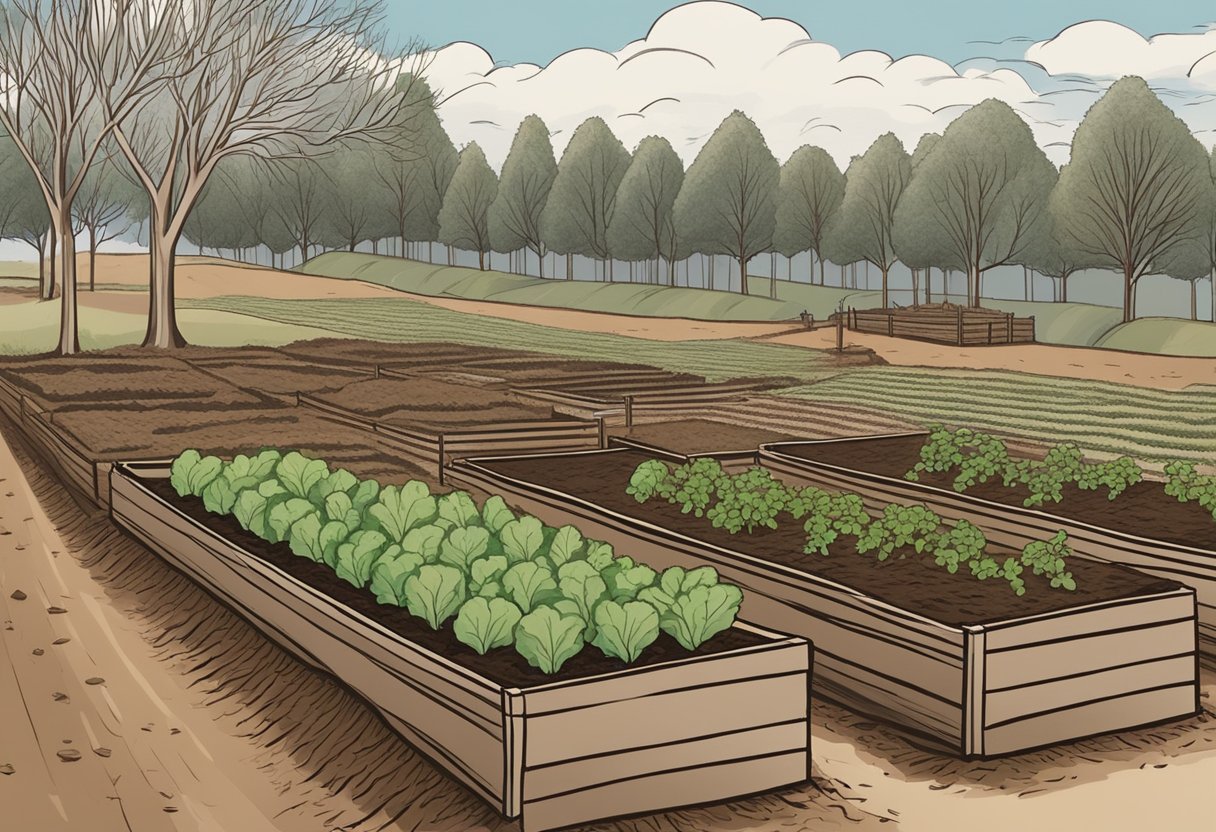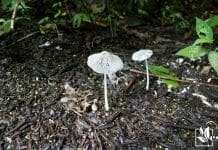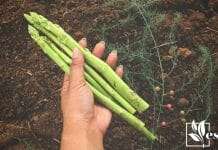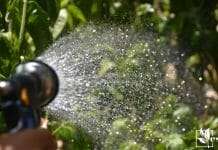Gardening during the colder months may appear daunting, but with the right planning, a winter garden can provide a bounty of vegetables and an array of colorful beauty amid the frosty landscape. I’ve found that hardy root vegetables and certain leafy greens can withstand cold temperatures, often sweetening with a touch of frost. By carefully selecting plants and implementing protective strategies, it’s possible to enjoy a winter garden that thrives in the chill.

Creating a winter garden plan is critical for success, incorporating vegetables that mature at different rates ensures a harvest throughout the season. I start with vegetables like rutabagas and parsnips that take about 90 days to mature. Leeks and kohlrabi, with a 60-day maturity, follow. Quick-to-harvest crops like radishes, ready in as little as 30 days, can fill gaps between harvests. Alongside this edible landscape, the addition of cold-resistant flowers can lend color and cheer to the garden during the drab months.
Protection from the chill is essential, with vegetables like onions and shallots withstanding temperatures down to 20°F. It’s important to shield these plants from harsh winds and provide insulation. Mulching and using cloches or row covers can extend the growing season, allowing for a successful winter harvest. I ensure my garden plan accounts for the expected lows, utilizing the natural microclimates of my yard to situate plants for optimal growth.
JUMP TO TOPIC
Preparing Your Garden for Winter
With winter approaching, it’s essential to select the right vegetables that can withstand the cold, enhance soil health with ample mulch, and protect your plants using cold frames or coverings. Preparing your garden can greatly influence its resilience to the first frost and secure a yield of hearty winter vegetables.
Choosing the Right Vegetables
Winter gardening revolves around knowing which vegetables can endure the cooler temperature and mature before the first frost date. I recommend focusing on hardy greens and root vegetables that can endure colder climates.
💥 Hardy Vegetables for Winter Gardens
- Kale – Survives frost, improving flavor
- Carrots – Can be left in the ground and harvested as needed
- Spinach – Tolerates cold, with some varieties suitable for winter harvest
- Lettuce – Certain types, like winter lettuce, thrive in cooler temperatures
- Garlic – Plant in fall for a summer harvest
Soil and Mulch Essentials
The soil should be well-prepared before the first frost hits. I enrich my soil with compost to boost nutrients and structure, ensuring it’s ready to support winter crops.
💥 Soils and Mulches for Protection
- A thick layer of mulch to insulate plant roots against freezing temperatures
- Compost to add to the soil’s fertility and structure
Cold Frames and Coverings
To extend the growing season past the first freezes, I use a variety of coverings to guard my garden against frost. From personal experience, cold frames and row covers are worthwhile investments.
💥 Protect Your Plants Effectively
- Cold Frames – Create microclimates for heat-loving veggies
- Row Covers – Offer a breathable, lightweight protection
- Cloches – Shield individual plants from cold snaps
By selecting resilient vegetables, fortifying the soil, and safeguarding plants with appropriate coverings, you can expect to yield a successful winter garden that can withstand the challenges of the season.
Planting Strategies for Winter Harvest
In my experience, planning and utilizing your garden’s microclimate are crucial for a successful winter harvest. Focusing on the right winter crops and overwintering plants, along with strategic planting dates and insulation methods, ensures a bountiful yield.
Creating a Planting Calendar
| Vegetable | Latest Planting Date |
|---|---|
| Garlic | Mid to late fall |
| Onions and Shallots | Early fall |
| Broccoli/Cauliflower | Late summer |
💥 Note: These dates give seedlings enough time to establish before cold sets in. Be mindful to avoid sowing when a freeze is imminent, as this can damage young plants.
Maximizing Sunlight and Insulation
Sunlight is a limited resource in winter, so I plan my garden layout to capture as much as possible. I use raised beds oriented from west to east, maximizing sun exposure on the southern side. Overwintering plants like kale or brussels sprouts are positioned to receive full sun. Reflective surfaces also help to redirect light onto plants.
Avoid excessive watering; wet conditions combined with cold can be fatal for plants. Instead, focus on deep but infrequent watering, adjusting for rainfall and the plant’s requirements.
Creating a favorable microclimate can also work wonders. I use techniques like cold frames and hoop houses to insulate and protect against cold snaps; this can also extend the growing season for certain crops. Monitoring and maintaining the right balance of airflow to prevent mold and rot is essential when using these structures.
Maintaining and Protecting Your Winter Garden
Essential upkeep of your winter garden involves careful water and temperature management as well as diligence in guarding against pests and diseases. These key aspects ensure the vitality of your winter beds and the thriving of cold-tolerant plants throughout the harsh winter weather.
Water and Temperature Management
I balance water supply based on the cooler weather’s reduced evaporation and my plants’ adjusted needs during winter.
Winter may bring increased precipitation, meaning I often reduce how much I manually water the garden. However, during dry spells, it’s important to maintain consistent moisture, especially for newly planted beds or perennials. I protect sensitive roots from freezing by mulching.
I also pay close attention to temperature changes, utilizing cold frames or cloches for added warmth during particularly chilly spells. Monitoring the soil temperature helps me decide when extra protection is needed for my plants.
Guarding Against Pests and Diseases
Pests and diseases can still be a threat in winter, and I’m ever vigilant.
I ensure good garden hygiene by clearing away debris or fallen leaves which might harbor unwanted pests or fungal spores that can inflict diseases. Implementing netting or row covers can create a physical barrier to protect vulnerable winter crops from insects or foraging animals.
💥 Remember: Healthy, vigorous plants are less susceptible to pests and diseases, so conscientious maintenance of the garden is vital to their protection.
Winter Garden Aesthetics and Ecology
In crafting a winter garden, I focus on aesthetics that provide year-round interest and an ecological balance that supports local wildlife. This means selecting plants for their enduring beauty and ecological function, especially during the bleakest months.
Incorporating Evergreens and Color
I find that evergreens are essential to maintaining structure and form in the winter garden. They serve as the backbone, providing greenery against a potentially stark landscape. For instance, varieties of mahogany prunus, with their richly colored bark, stand out beautifully against snow or bare soil. They are not just static fixtures; their presence offers critical shelter for wildlife year-round.
Regarding color, I like planting silver birch for its striking white bark that contrasts against the darker tones of other plants. Shrubs like winterberry with their bright red berries offer pops of color and attract birds. Here’s a look at my approach to selecting plants for winter color and texture:
• Silver Birch: Provides white bark that catches the eye.
• Bamboo: Adds movement and sound on windy days.
• Winterberry: The red berries brighten the garden and feed birds.
Promoting Biodiversity Throughout the Season
Promoting biodiversity involves more than just planting native species. I aim to create an environment that supports a range of wildlife throughout the season. Evergreen shrubs become crucial in this regard, as they are habitats for birds and small mammals. Deciduous trees, though bare in winter, can offer intricate branch patterns that add visual interest and support for climbing plants.
I also incorporate plants of varying heights and textures to attract a diverse array of insects and birds, ensuring that the garden is buzzing with life even in the colder months. Bamboo, for example, can be a haven for insects, while the seed heads of ornamental grasses provide sustenance for birds. Setting up bird feeders and baths amongst the foliage encourages more visitors and adds another layer of engagement to the garden.
💥 Remember: Diversity in plant choices leads to a richer array of garden residents.











